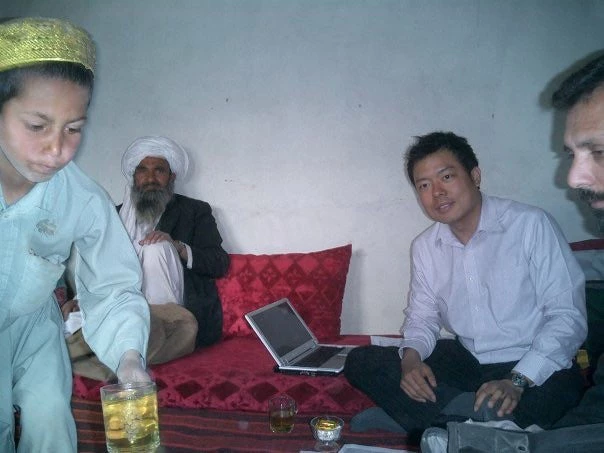
All charts in this blog are created by the authors by analysis of data in the Somalia Integrated Household Budget Survey (SIHBS)
In 2022, we were delighted to support the Somali National Bureau of Statistics (SNBS) to conduct the Somalia Integrated Household Budget Survey (SIHBS), the first regionally representative survey in recent history in Somalia. We utilized this data as part of the latest Somalia Poverty and Equity Assessment to explore the recent trends in poverty and inequality in Somalia. We uncovered five interesting findings which we share with you here. We believe that understanding these poverty dynamics is crucial for developing effective policies and interventions.
1. Poverty is high in Somalia, especially among the nomadic population.

While poverty affects all segments of Somali society, certain groups are disproportionally affected. In 2022 over half of Somalia’s population lived below the national poverty line, the minimum consumption level considered necessary for a person to meet their basic needs. The nomadic population experienced the highest poverty rate, with around 3 out of 4 living below the poverty line. Conversely, urban areas have the lowest poverty rate. However, due to rapid urbanization, two-thirds of the nation’s poor reside in urban areas.
2. Non-monetary poverty is even higher than monetary poverty.

Poverty can also be defined in non-monetary terms. For instance, an individual is considered non-monetary poor if they lack food security, have poor-quality housing, and lack access to key services. In Somalia, non-monetary poverty was widespread, affecting three-quarters of the population in 2022. Once again, this was particularly prevalent among the nomadic population, where almost every individual was experiencing non-monetary poverty. Key contributors to this form of poverty include a lack of education and poor-quality sanitation and flooring materials. Alarmingly, nearly half of the Somali population experienced both monetary and non-monetary poverty in 2022.
So, what factors may have limited poverty reduction in Somalia?
3. There is a lack of productive economic opportunities, which limits a household’s ability to lift themselves out of poverty in a sustainable way.

Poorer households’ main, and often only, asset is their labor supply. Therefore, employment can offer a sustainable route out of poverty. However, there appears to be a lack of labor demand in the economy. This is in part demonstrated by the extremely low labor force participation in Somalia, especially when compared to other countries of a similar income level. The lack of labor demand is partly driven by limited agricultural activity, which often absorbs a large share of labor in other low-income countries (LICs). As a result, most individuals that do work, end up working in low-return activities, largely in the informal sector.
4. Poorer households and regions are more exposed to climatic shocks, which may hinder a household’s ability to move out of poverty and stay out of poverty.
Share of Population Exposed to Any Climate Hazard

To get a sense of who is affected by climatic shocks, we used geospatial data to estimate the number of households in a region exposed to drought, flooding, or extreme heat. It turned out that districts in regions with higher poverty rates also have a larger share of population exposed to climatic shocks. The most common climatic shock experienced is drought. When households were asked about their exposure to shocks, poorer households more often reported being negatively affected by drough.
5. Nomadic households often lack sufficient livestock to increase their consumption above the poverty line.
Livestock Ownership, measured by TLU, among Nomadic Households

As we showed earlier, the nomadic population had the highest poverty rate. In general, richer nomadic households own more livestock. However, despite their reliance on livestock assets to generate consumption, around half of nomadic households own less than two Tropical Livestock Units (TLU) per household member. TLU accounts for the number of animals, as well as their size. Owning fewer livestock limits the households’ ability to maximize commercialization opportunities and therefore limits their ability to convert their main asset into income and consumption.
What can be done to reduce poverty reduction?
Somalia needs stability and economic growth, which are key foundations for poverty reduction. The country can take advantage of its high urbanization rate to increase access to key services and improve their delivery. In addition, rural and nomadic livelihoods need support to become more resilient, especially to climatic shocks. Through continued collaboration, we can work towards reducing poverty and improving the lives of the people of Somalia.
If you are interested in learning more, please take a look at the full Somalia Poverty and Equity Assessment report. There are also three support policy briefs looking at employment, climatic shocks, and the nomadic population.



Join the Conversation